
cbill
-
Posts
8 -
Joined
-
Last visited
Content Type
Profiles
Forums
Gallery
Events
Posts posted by cbill
-
-
On 3/8/2024 at 10:19 AM, Ogontz said:
Thank you for the detailed steps in the process! Would I purchase the polyester finishing putty at an auto supply store?
And other than where noted, are you using the wet/dry paper in a dry state?
Hi
Yes, you can buy polyester finishing putty in an auto supply store as long as they stock automotive paint products.
From the moment the hull receives its first coat of clear, the following sandings are done with water.
The Clearcoat I used was Glasurit, but I don't remember exactly which one. Here is the link to the Glasurit clears.https://www.glasurit.com/en-int/all-products?type[]=108&category[]=27
But any brand would do.
Thank you
- mtaylor and Keith Black
-
 2
2
-
On 3/5/2024 at 9:19 AM, Ogontz said:
Hello Cbill,
A beautiful model to be sure!
What product and method did you use to achieve such a flawless high gloss finish on the hull and topsides?
Thank you very much Ogontz,
I used to work in the body shop of a car dealership, so I used automotive paint products.
And for the technique, here are the steps
- After finalizing the hull planking, I covered the now blue part with polyester finishing putty to cover the wood.
- Once sanded (180/220/320 grit paper), this section has been primed
- Sanded with 600 sandpaper
- This section was painted with a blue base coat
- Then the blue and the wood of the hull were covered with two layers of clear coat
- Then everything was wet sanded with 800 water sandpaper
- The two white vinyl pinstripes 1/8" and 1/16" were installed on the sanded surface
- Everything was covered with two coats of clear
- Re-sanded with 800 wet sandpaper to remove pinstripe demarcations
- Two more coats of clear
- Then sanded with 1000, 1500 then finally 2500 with water
- Polish with a polisher with 3M polishing compound, then with a foam polishing pad with a ultrafine polish and finally a polymer wax.A lot of time and a lot of steps, but the hull has been painted for more than twenty years and the finish is still as new, it hasn't lost its shine.
Thank you
Christian
- mtaylor and Keith Black
-
 2
2
-
3 hours ago, Keith Black said:
Christian, welcome to MSW. Your Endeavour is a beauty. Glad to have you aboard.
Thank you very much, glad to be with you all. 🙂
- Knocklouder, mtaylor and Keith Black
-
 3
3
-
10 hours ago, ccoyle said:
Welcome, Christian! You did a fabulous job on your Endeavour!
Hi Chris,
Thank you very much for your compliments. 🙂
- Keith Black and mtaylor
-
 2
2
-
Bonjour à tous, heureux de rejoindre une communauté de modélistes aussi talentueux.
Hello, sorry for my English, it's not my native language.
I have actually been browsing this forum for quite some time but have never introduced myself. My name is Christian, I live in a small town on the south shore of Montreal in Quebec, Canada.
I did model making when I was young (plastic model), then I started again with a wooden model in my thirties which I had to stop before it was finished. The Amati’s 1934 Endeavour America’s Cup J Class. I intend to finish it, because there isn't much left, some ropes, sails, and a few details. I have another model waiting, the HSM Pandora from Constructo which I bought about twenty years ago.
After seeing the immense talent of the members of this forum as well as the gigantic source of information available, I will most likely greatly modify this kit, because I am inspired by your extraordinary manufacturing methods. Unfortunately, I don't yet have the time to devote myself to my hobby, so I will continue to be inspired and learn from your great achievements in the meantime.
Thank you for welcoming me among you.
In the meantime, here are some images of my Endeavour.
Thank you
Christian
-
20 hours ago, Morgan said:
In answer to your question, certainly as late as the Napoleonic wars First Rates carried swivel guns. There is strictly contemporary evidence of Victory having 3 swivel guns mounted on a rail at the break of the Poop Deck at Trafalgar, as evidenced by a watercolour made by JMW Turner in December 1805 (see below). This was somewhat unusual as they were normally mounted in the fighting tops, but Nelson did not like small arms fire in close proximity to the sails. In this instance it had been shot away during the battle but was subsequently reinstated at Gibraltar during temporary refitting.
Thank you Gary for your response and the very interesting photo. It seems that they are not often represented on first rate ship models.
6 hours ago, allanyed said:What year and nation are the first rate ships you are referencing? This is important as, for example, the Spanish were using swivel guns in the 17th century but the RN did not begin production until about 1721 with 1/2 pounders so early British first rates would have none. Caruana in The History of English Sea Ordnance, Volume II goes into some detail on swivel guns but does not specify the number of them on any given rating.
Hi Allan, I don't have a specific ship or time period in mind. I am fascinated by this type of ship of all class, but I had noticed the presence of swivel guns only on small ships. I found it strange and wondered why it was like that. I was wondering if it was just the modellers' choice not to show them or if they just didn't have any for those class.
Thank you Guys
-
Hello everyone,
Forgive me if this question has already been answered or doesn't make sense to you, but I'm relatively new to historical ship modeling. My research was inconclusive, I didn't find a clear answer, that's why I'm asking you, there are so many experts among you, it's incredible.
I have noticed that small ships like sloops and frigates are often armed with swivel guns and I have rarely seen this type of armament on larger ships like first classes.
So, did they have any? If not, why not? It seems to me that for close combat, they would have the same usefulness as on small ships?
Thanks in advance
- Keith Black and mtaylor
-
 2
2

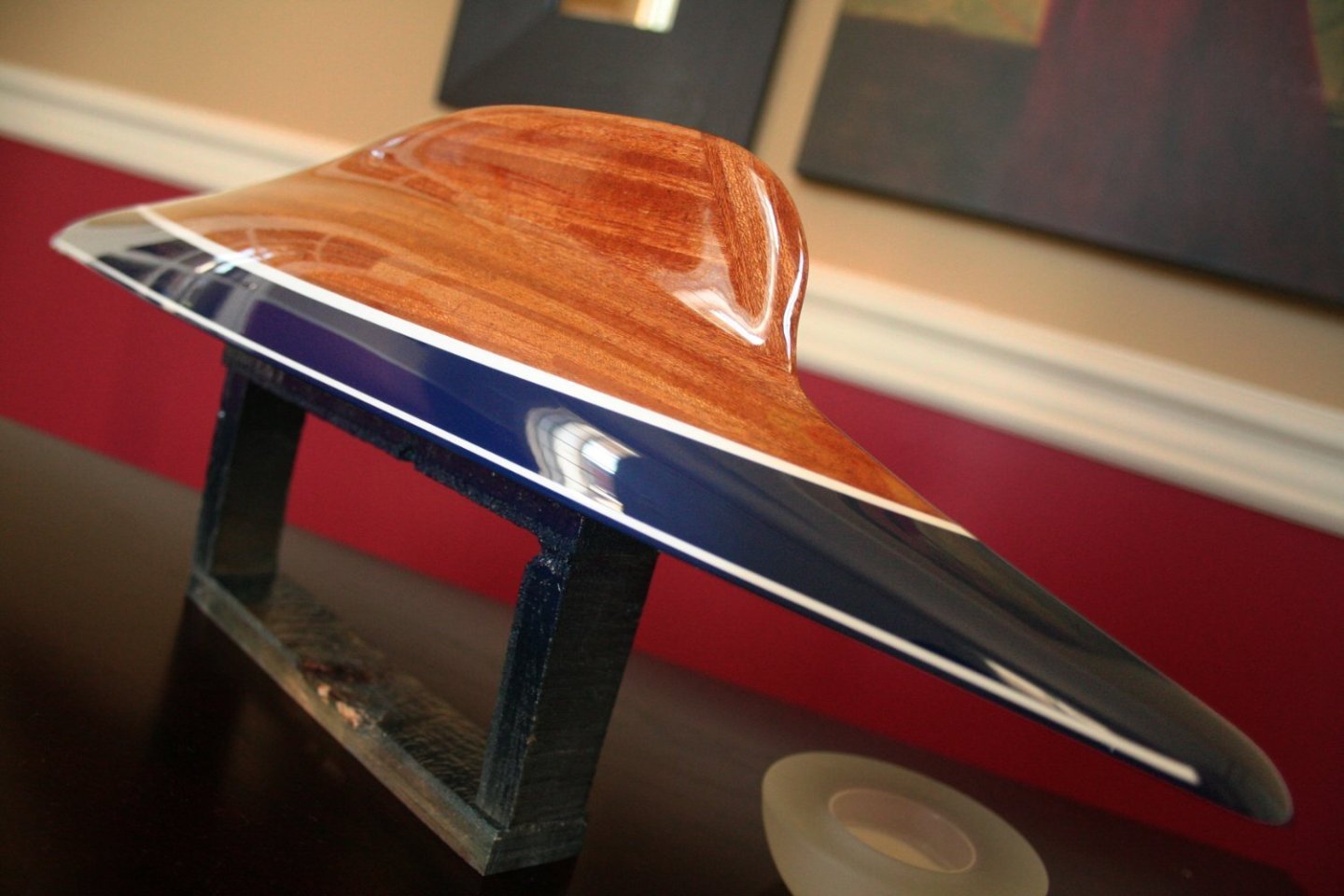
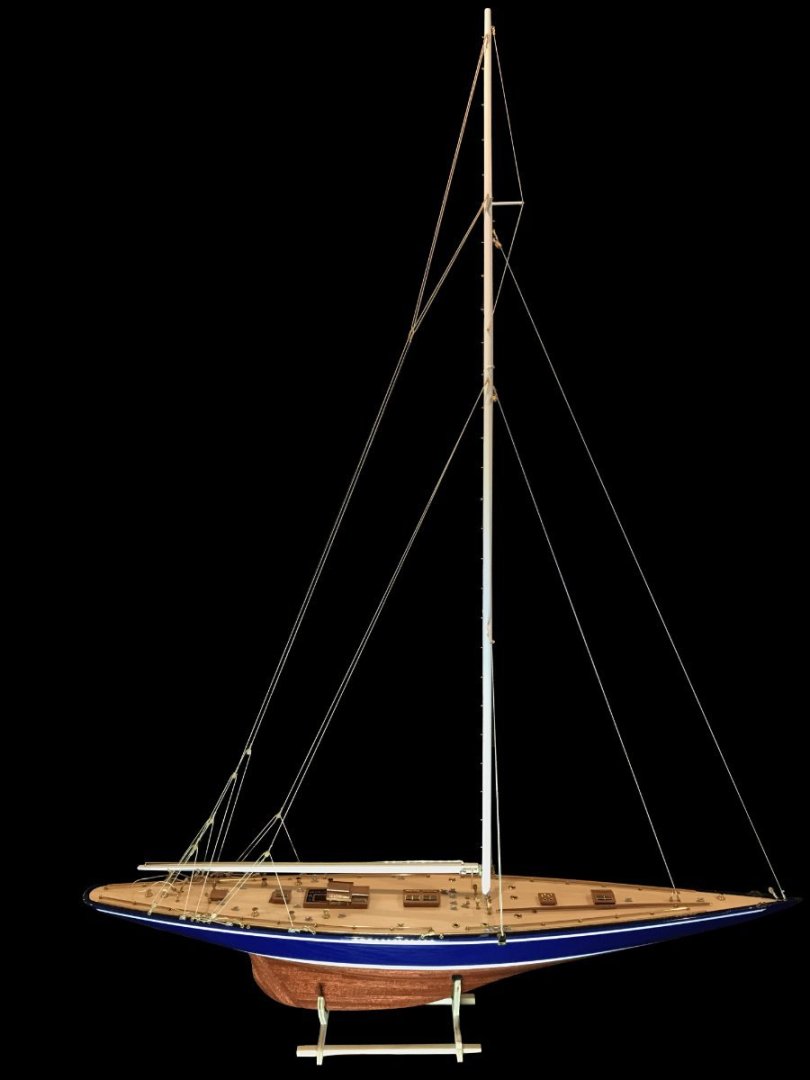
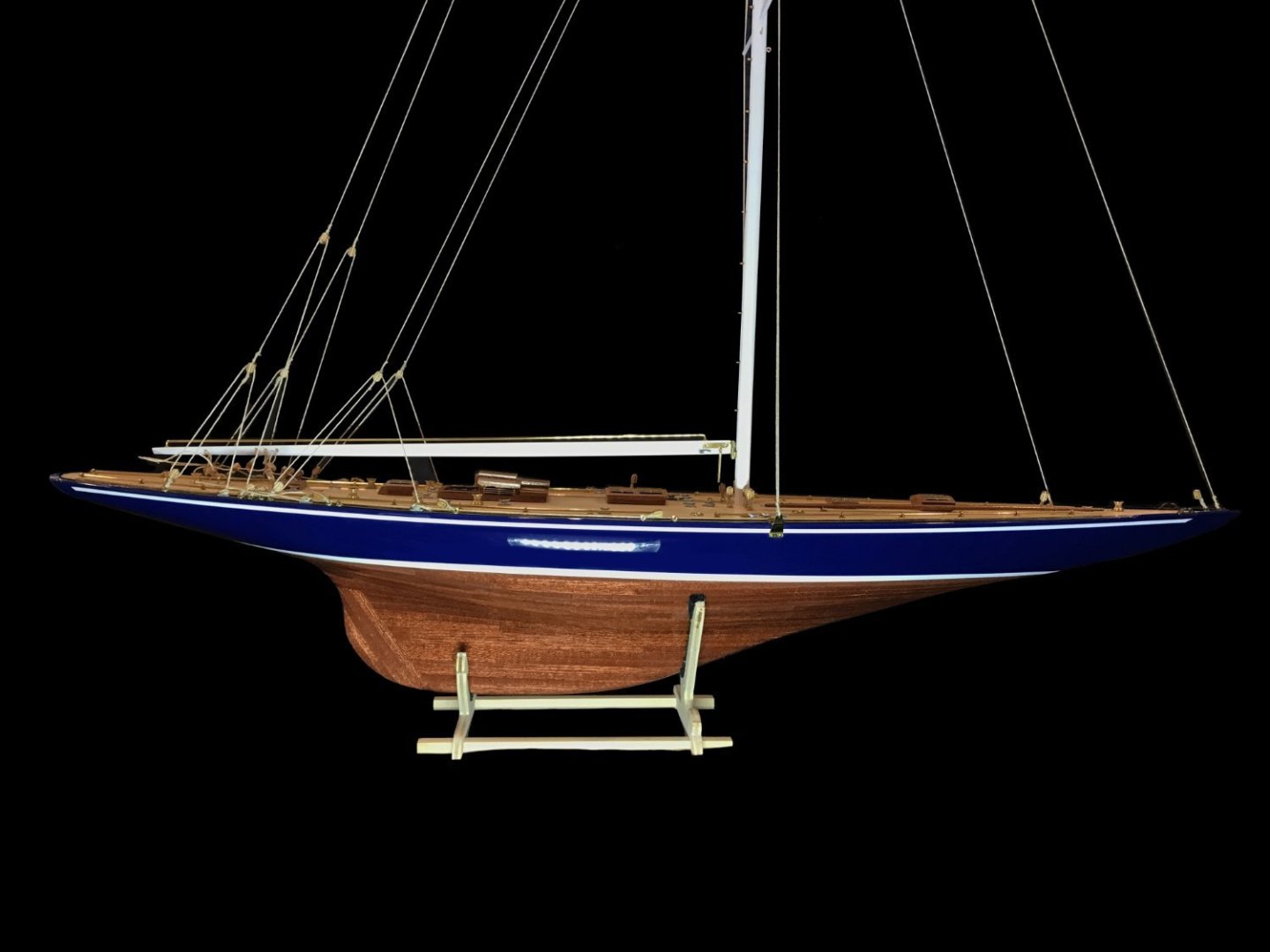
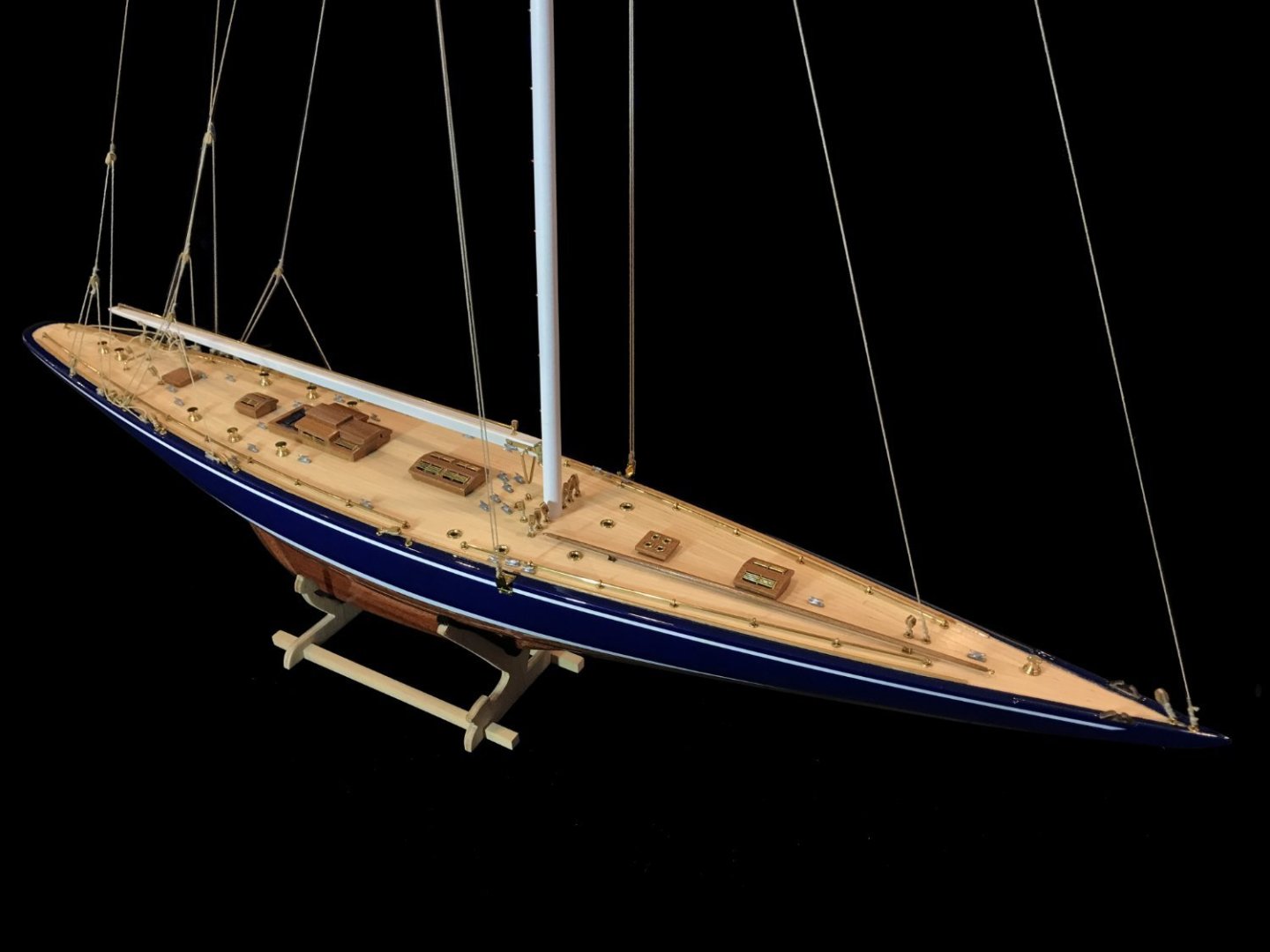
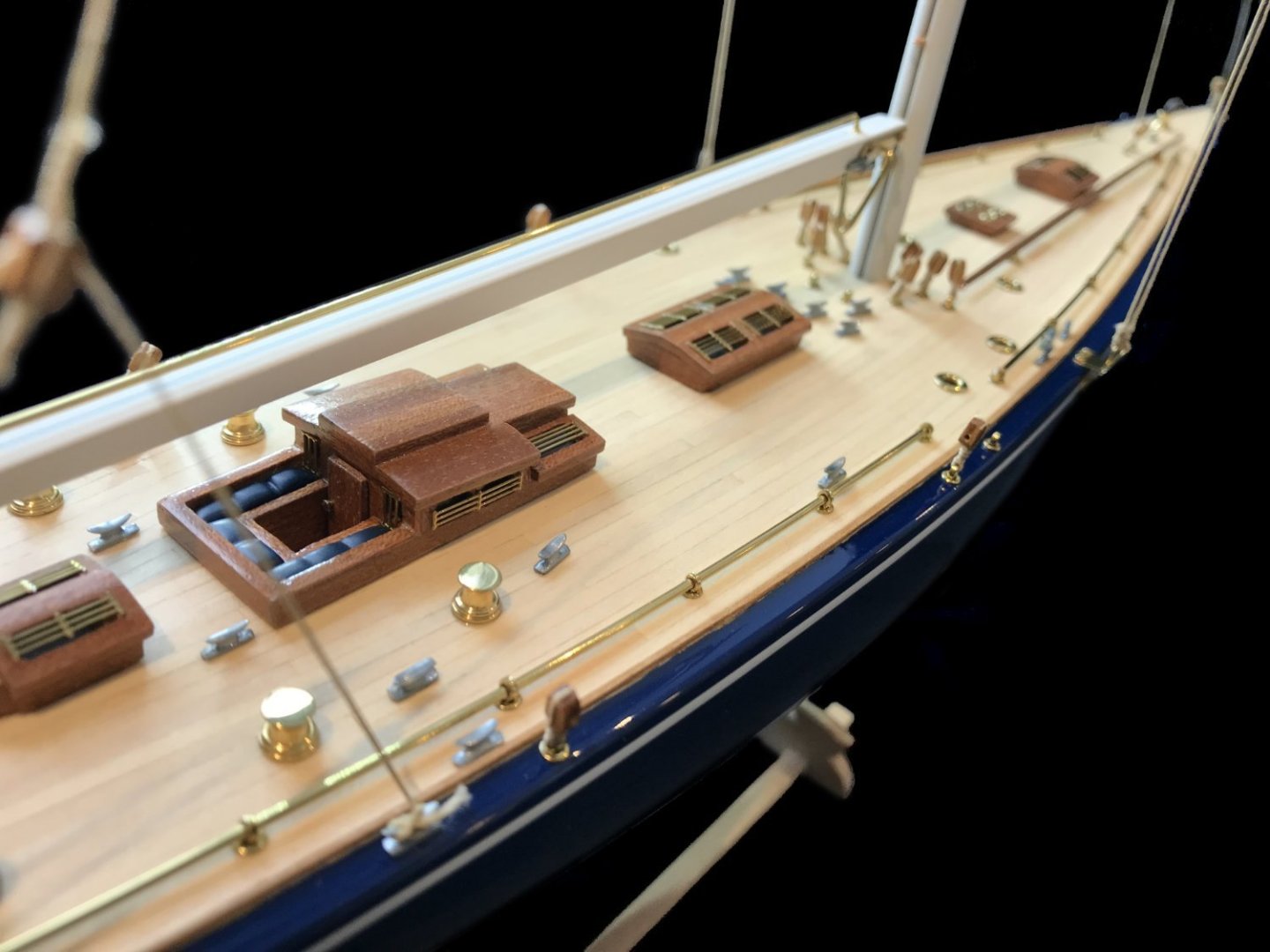
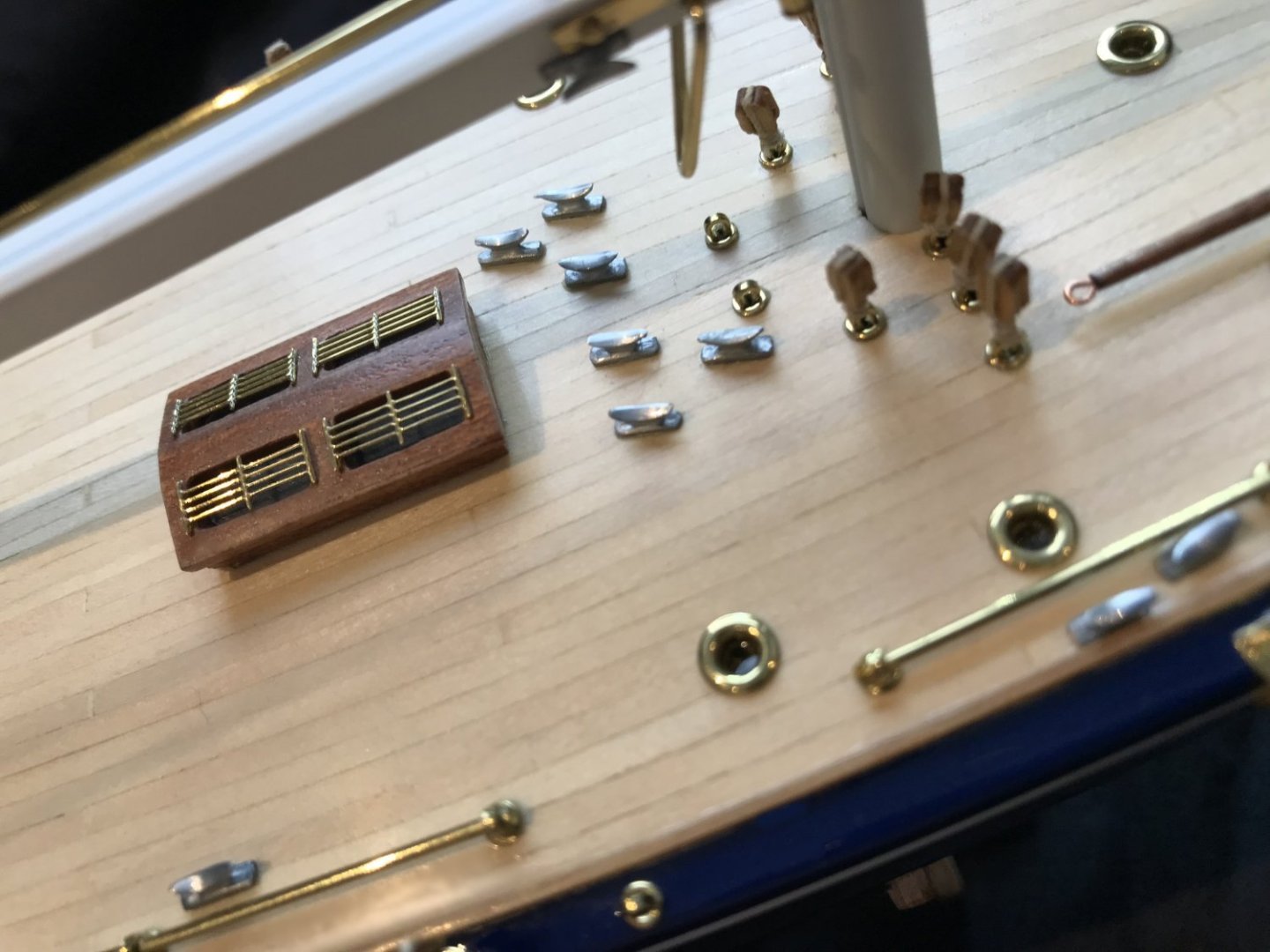

Roter Löwe 1597 by Ondras71
in - Build logs for subjects built 1501 - 1750
Posted
It's remarkable work.
I have never seen swivel guns with so much detail and so well done, congratulations.